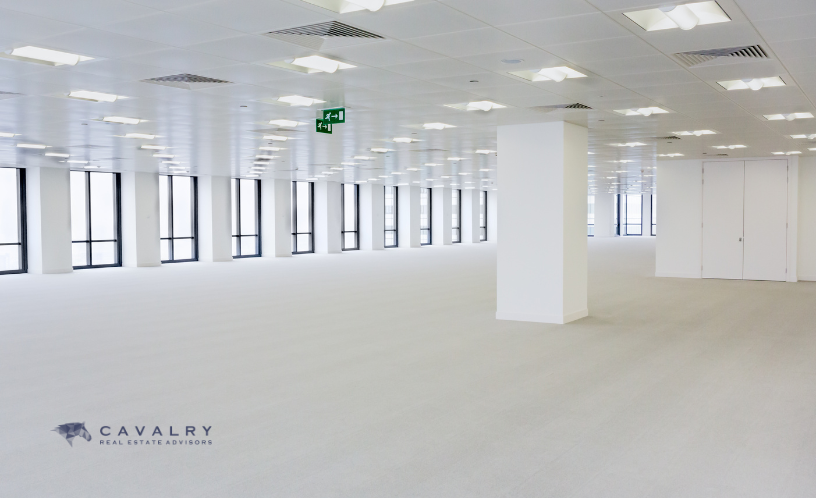When Highest and Best Use isn’t The Best for You

Here’s a situation more and more of our clients are faced with: struggling to fill a formerly thriving office building. Thanks to societal changes (flexible work; working from home; etc.), filling it with new commercial tenants is increasingly unlikely. This situation – and potential solution – also comes with some unique property tax issues. To better understand these issues, let’s look at a phrase commonly used in the real estate industry: “highest and best use.”
That seminal statement resonates loud and clear with real estate developers envisioning a better use for an underutilized site or building. Loft apartments are the perfect example. The notion that a decrepit warehouse could be converted to lofts to capture a higher and better use of a building and drive higher real estate values is common practice in the real estate industry.
Of course, we’re here to talk about real estate tax, and highest and best use holds a special place in the world of real estate tax assessments, too. In most cases, commercial real estate is valued based on the income it produces. And in rising markets, barring an asset that has fallen completely out of favor during a market cycle, you don’t often see properties valued based on what they could be in a future hypothetical scenario. For assessment purposes, it is often too much of a guessing game shrouded in unknowns for tax assessors to contemplate a higher and better use for an existing property, especially if rezoning and approvals are required.
However, in current market conditions, highest and best use is now being utilized to try and ascertain the value of certain asset types that have taken a beating (and continue to take a beating) in this market cycle. Which asset types you might ask? Those office buildings we started with today, of course!
There has been a lot of press and conversation regarding the conversion of underutilized office buildings given corporate downsizing and remote work shifts. This conversion usually happens in the context of a repositioning to multi-family. Accordingly, as market values for certain office types and in certain markets have plummeted, many assessors have been leaning on a highest and best use approach to capture additional value in the office sector. How, you might ask? By claiming that while the value of that asset may have eroded as an office building, looking at it as a potential apartment conversion either supports the current value, or in some cases, even improves the value, thus warranting a higher assessment!
And while some buildings can in fact be converted to a higher and better use, the attempt to levy taxes based on that approach is suspect at best.
As any good and knowledgeable broker will tell you, every existing office building that needs to be repositioned is not easily convertible to multi-family. As a matter of fact, in most cases fewer than 10% of the existing building stock is convertible. Outside of the fact that converting an office building is expensive, floorplates, ceiling height, and column spacing are just a few factors that determine whether a building can be fundamentally repositioned from office to multi-family. Not to mention the fact that even if a building could be converted from an engineering perspective, it most certainly doesn’t mean it will be met with approval from a locality’s decision-makers. And EVEN IF it is a candidate for repositioning, and EVEN IF it makes it through approvals, it doesn’t mean it’s a clear win.
The real story here is that we are seeing a trend in the assessment community in some jurisdictions (not all!) of this highest and best use conversion valuation underpinning assessments in this down office market. If you find yourself scratching your head as to how the assessment of your office building isn’t declining at the same rate that the market fundamentals are deteriorating, it may be because you’re being unfairly treated as a highest and best use office to apartment conversion. And if you are, we can help you make the case to reduce that assessment – saving you money and freeing up resources to determine the best path forward for your assets.
BACK TO ARTICLES